The 10 best Doctor Doom comics of all time
Here’s our list of the 10 best Doctor Doom comics to read before the villain enters the MCU.
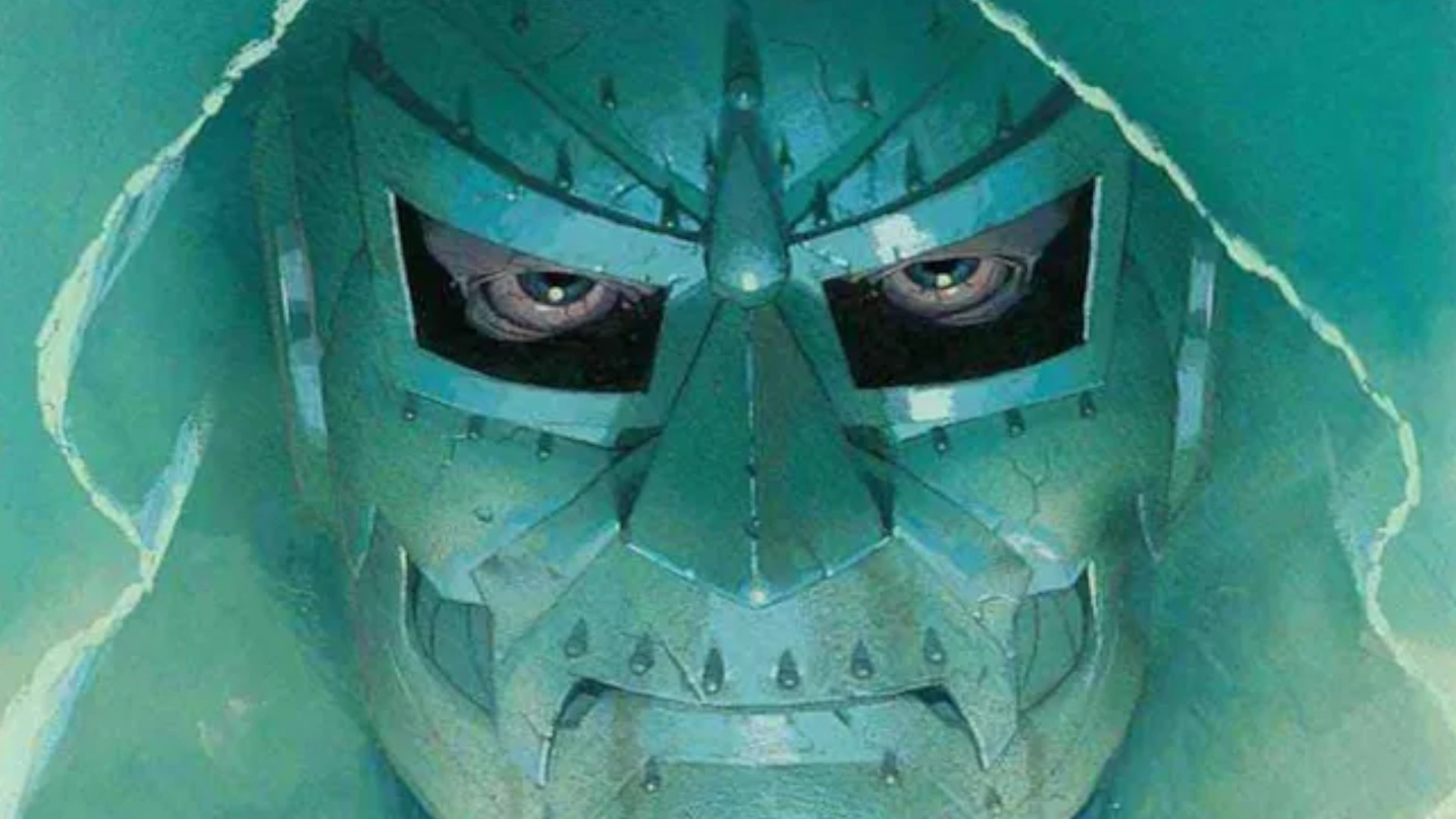
Picking out the best Doctor Doom comics is no easy task for the simple reason that few Marvel villains are as iconic as this dastardly genius. The ruler of Latveria's green cloak and metal armor makes for a distinctive visage that would stand out by itself.
But, what makes him more than his fashion-forward style is the texture his character has received over the course of the many stories that he's featured in since his creation in 1962. He's an antagonist who wields intense power and enacts this not just through his actions but through his commanding voice. Victor von Doom is a timeless bad guy, and now, with the news of his inclusion in the MCU lined up for the big screen, there's never been a better time to catch up on his greatest comic book outings.
So, ahead of one of the best Marvel villains’ big debut in the upcoming movie Avengers: Doomsday, here are the 10 best Doctor Doom comics fans can read right now!
10. Books of Doom

Published in: Fantastic Four: Books of Doom by Ed Brubaker, Pablo Raimondi, Mark Farmer, and Drew Hennessy
Doctor Doom has been a prevalent villain since the early days of the Marvel Universe, so it can be tricky to understand his history. However, the Ed Brubaker-written Books of Doom consolidated the chapters of his life that preceded the Fantastic Four's arrival. By and large, it's a Cliffs Notes-style telling as Brubaker has a large swathe of time to cover and always keeps things moving.
The framing sequence for the limited series sees the ruler giving a reflective monologue about his youth. After showing who Doom has become, the creative team flashes back to Victor's childhood, letting their lead narrate their journey to becoming the ruler of Latveria. By sequencing this period of his history into a trade paperback-length story, it makes the timeline clear while still emphasizing the relationships – his family, early dealings with Reed Richards and Ben Grimm at university, his royal advisor Boris and the rest of his Romani clan – that defined the man that Victor von Doom has become.
Buy Fantastic Four: Books of Doom on Amazon
Get the best comic news, insights, opinions, analysis and more!
9. Degree Absolute/Fall Out
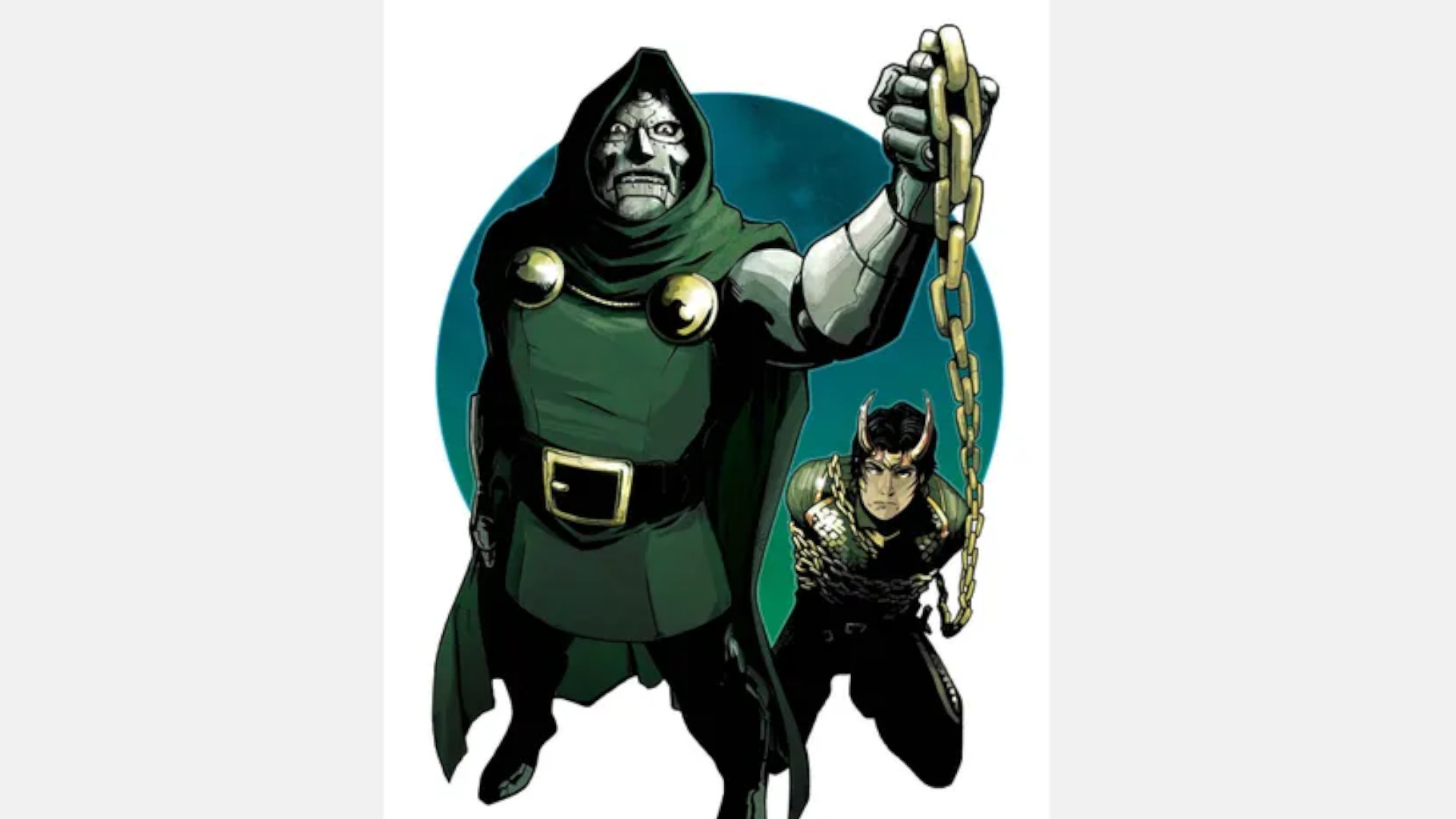
Published in: Loki: Agent of Asgard #6 / #7 by Al Ewing, Lee Garbett, and Jorge Coelho
Al Ewing has proven to have a knack for keeping the momentum going, even during Marvel's busiest eras. 2014's Loki: Agent of Asgard #6 and #7 demonstrates this well. The overall narrative thrust of the series follows Loki's journey to change his destiny. These issues make Doom a formidable foe for him to face down, as he believes that Loki will bring about the destruction of Latveria in the future.
Jorge Coelho and Lee Garbett handle art duties, and their rendering of the desolate landscape where Latveria once stood is cold and harsh. Doom's power is aptly demonstrated in his ability to weaponize the very concept of stories, not just in how he traps his decided enemy but recontextualizing existing ideas like the prevalence of Doombots. Even in a supporting role, Doom's character is on full display, both in the possibilities of his achievements and how his hubris can get the better of him.
Buy Loki: Agent of Asgard #6 on Amazon
8. Avengers: The Children's Crusade
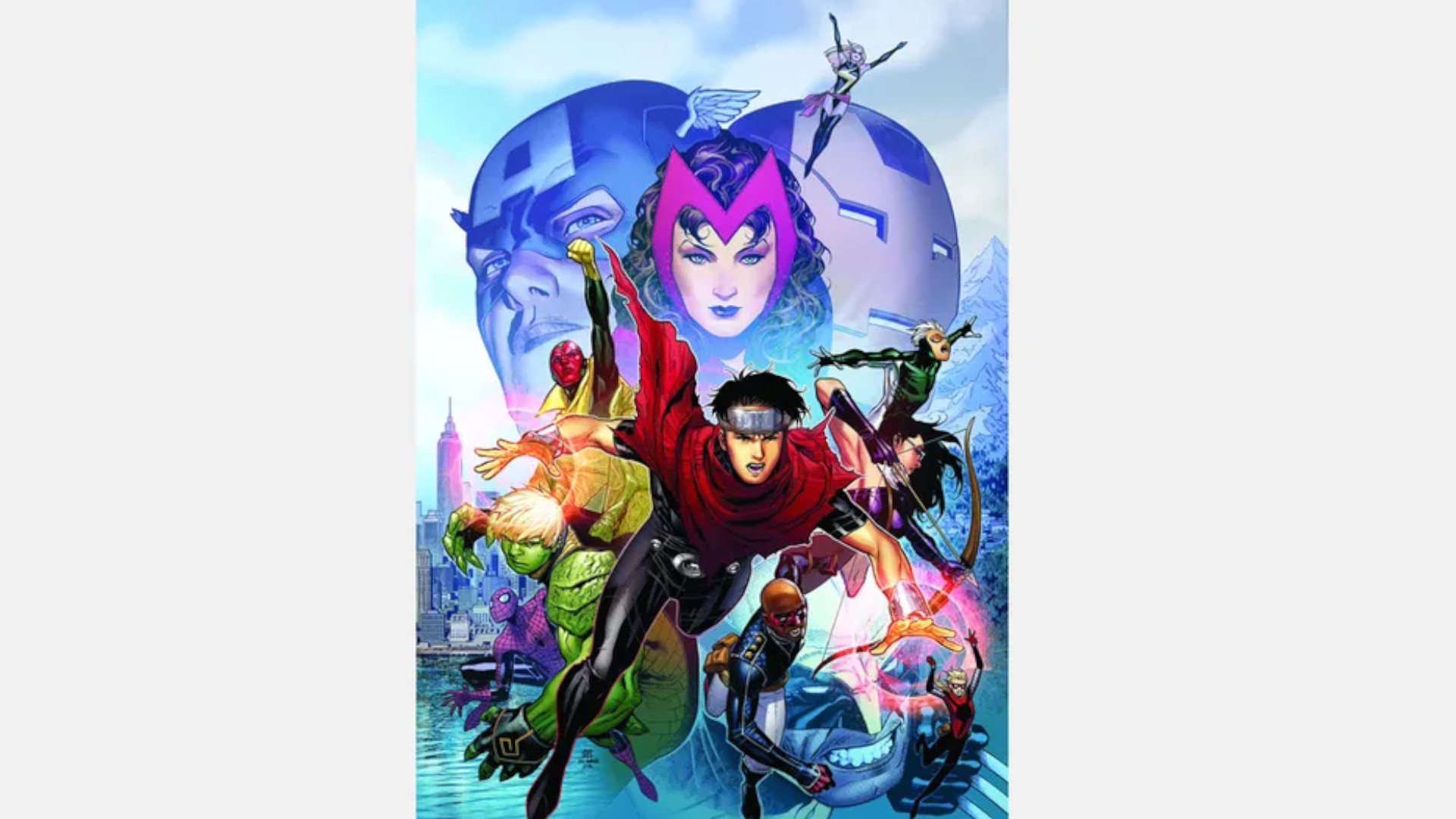
Published in: Young Avengers: The Children's Crusade by Allan Heinberg, Jim Cheung, and Alan Davis
Conversely, some books contain stories so big that they manage to feel massive and universe-spanning. Published between 2010 and 2012, Avengers: The Children's Crusade by Allan Heinberg and Jim Cheung is one such limited series. It follows two of the Young Avengers, Speed and Wiccan, who might be the reincarnations of the Scarlet Witch's children. They all set off in search of her, finding her in Latveria and setting out to marry Doom.
Even with the series building off some of the best Marvel comics of the era, Heinberg and Cheung never get too bogged down in needing to explain all the context. Each issue moves at a breathless pace, with the Young Avengers' understanding of what's happened constantly being reshaped, not to mention the number of Avengers and X-Men that make an appearance at multiple points in the story. The large cast means that Doom doesn't occupy as much of the spotlight, but it does show how well he fits into the Marvel Universe. Even in a series that doesn't feature the Fantastic Four, he makes for a cunning antagonist that keeps our many heroes on their toes.
Buy Young Avengers: The Children's Crusade on Amazon
7. Origin of Doctor Doom/The Final Victory of Doctor Doom
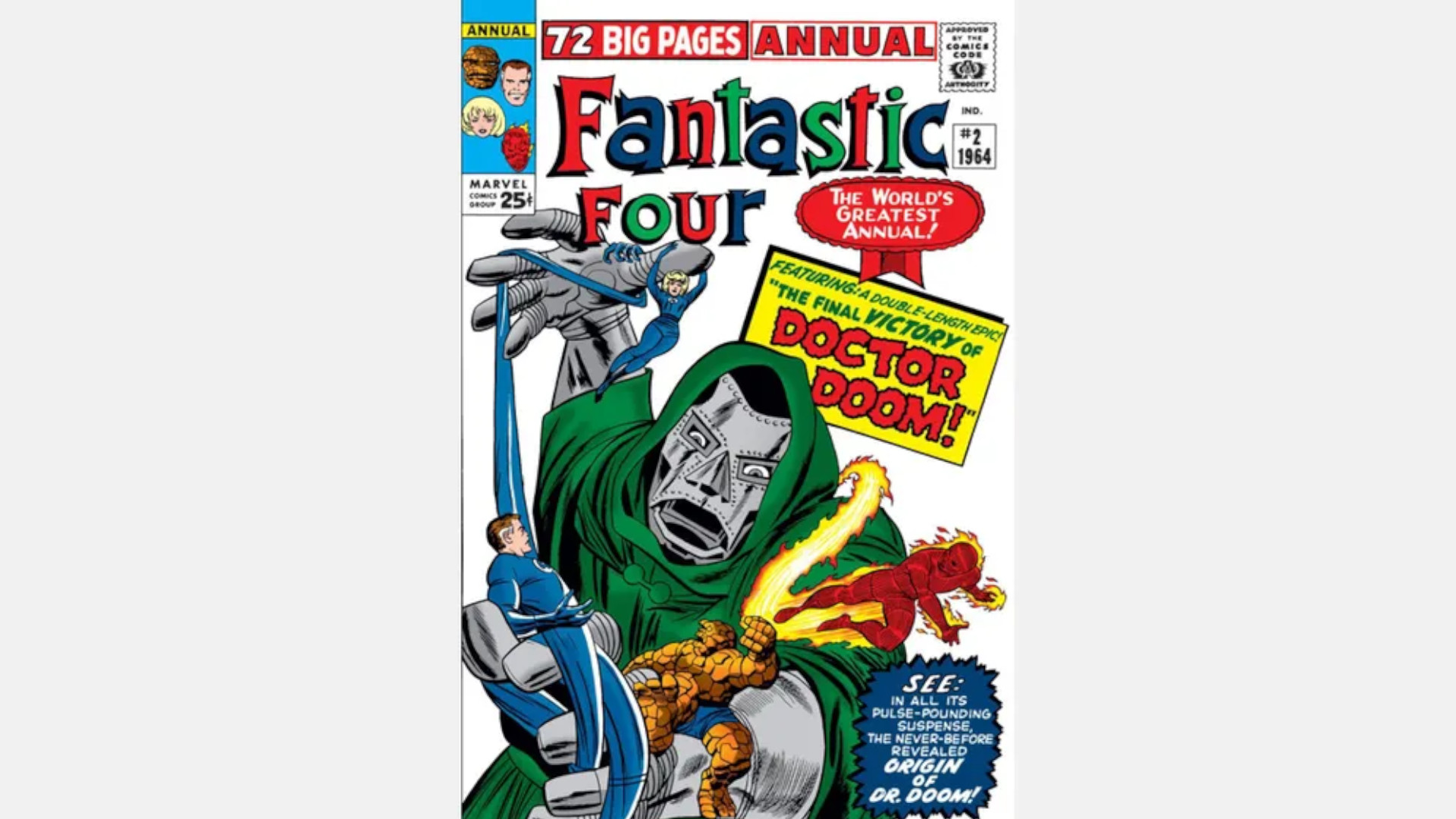
Published in: Fantastic Four Annual #2 by Stan Lee and Jack Kirby
Of course, let's not forget when Stan Lee, Jack Kirby, Chic Stone and Sam Rosen first defined the character's past. 1964's Fantastic Four Annual #2 was filled to the brim with two stories (as well as a whole host of pin-ups sandwiched between them), the first of which is the titular origin.
Despite some unfortunate slurs, Lee and Kirby paints the picture of a young Victor von Doom, who has already lost his mother and soon loses his healer father as well. Doom's journey in life eventually leads to America, where he meets Reed and Ben for the first time, as well as the accident that leads him to adopt his iconic armor. Meanwhile, the second story is another of his clashes with the Fantastic Four. Lee and Kirby's work on Fantastic Four is their imaginative peak. The genius stroke, however, comes from how Kirby's perspective choices in the second story avoids showing Doom's face, even when he ultimately unmasks, allowing for the interpretation that it is just a minor imperfection that otherwise sees him remain covered.
Buy Fantastic Four Annual #2 on Amazon
6. Fantastic Four: 1234
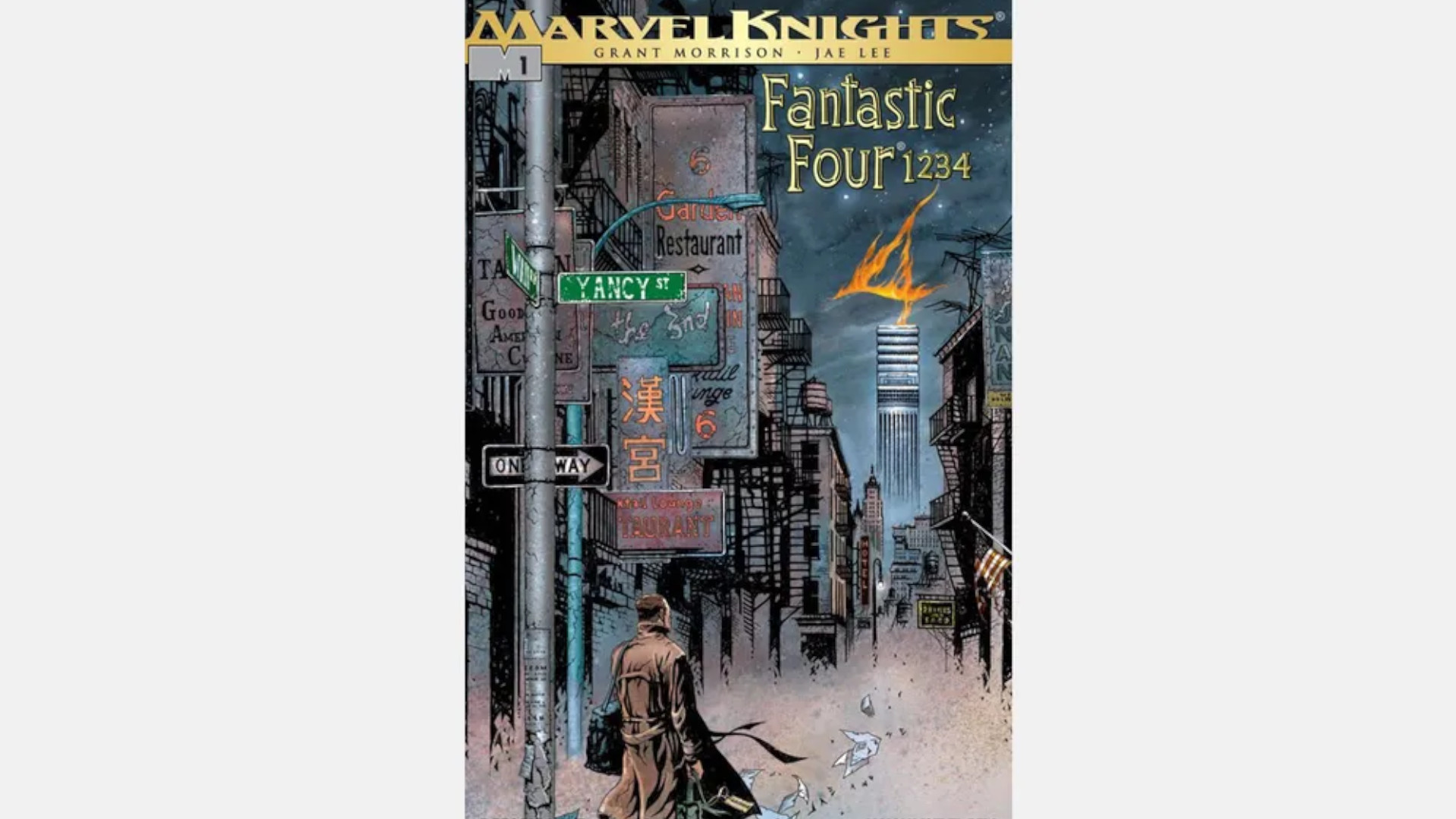
Published in: Marvel Knights: Fantastic Four by Grant Morrison and Jae Lee
Across their time playing in the Marvel sandbox, Grant Morrison has always proven adept at writing heroes within the broader context of their place in the industry. In 2001, they wrote Fantastic Four: 1234, a four-issue series that treats the Fantastic Four and Doom as locked in the same old battles.
Morrison takes Reed out of the equation for much of the narrative. He's off working in the lab, and in that absence, Doom strikes—not with weapons but with offers targeting the desires of the family members. Doom starts with Ben by suggesting that he can turn him human again. Ben accepts, only for the deal to have a monkey's paw-style side effect, the first step in Doom's attempt to dismantle the family.
With the second issue, a torrential downpour starts. Yet even when Reed makes his grand entrance into the story, the creative team doesn't cast aside their grander concerns to make his saving the day into a triumphant moment. Doom will always find a way to briefly gain the upper hand, and Reed will always rise to meet this. They will be locked in battle in this manner forevermore.
Buy Marvel Knights: Fantastic Four on Amazon
5. Interlude

Published in: Fantastic Four #258 by John Byrne
One of the reasons Doom's dynamic with the Fantastic Four is so interesting is the solo vs. family dynamic. They always have someone to count on, while he is frequently alone. In 1983, John Byrne wrote Fantastic Four #258, an interlude that focuses entirely on Doom and particularly how he thinks about maintaining his legacy.
It revolves around Doom spending time with a young boy called Kristoff, who has become his ward. He introduces him to the equally necessary tasks of running calibrations on some Doombots and ruling on his people's disputes. Of course, Kristoff can't fully comprehend everything he's being told, and Doom's rage explodes after one such perceived insult. The cold, reflective metal of his mask is juxtaposed against the fear on the young boy's face, the emotion enhanced by Glynis Wein's hot colors.
As much as Doom sees potential in his ward, as a future ruler and an opportunity for found family, Kristoff can't match him in terms of wanting to destroy the Fantastic Four. Even when Doom has people close to him, he still stands alone in this respect.
Buy Fantastic Four #258 on Amazon
4. Foundation
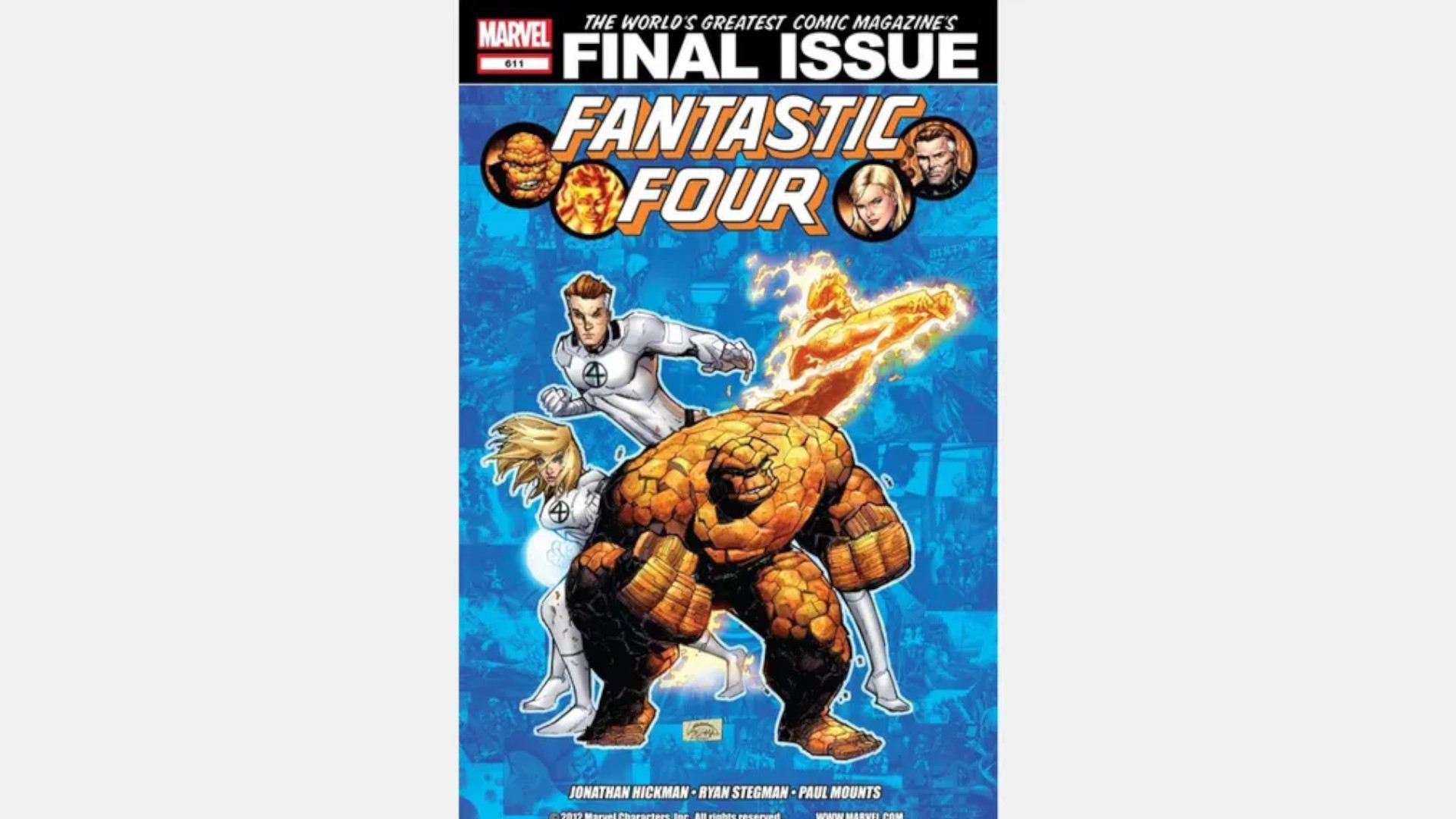
Published in: Fantastic Four #611 by Jonathan Hickman
Everyone works together occasionally. One example is during Jonathan Hickman's tenure on Fantastic Four and its sister title, Future Foundation. During the War of the Four Cities, it seemed like Doom heroically sacrificed himself, but Hickman's final issue—Fantastic Four #611, entitled 'Foundation'—brought him back and revealed how he'd been able to stay alive.
The story alternates between this unseen period of Doom's life, which mirrors the biblical telling of how God created the universe – though it must be said, God never had an Infinity Gauntlet at their disposal – and the present-day efforts of Reed, Nathaniel, and Valeria Richards to rescue him. It's not necessarily an issue that can be read by itself, as its greatest strengths come from being the culmination of everything Hickman had built up during his time with the characters until that point. It also has an all-time great Doom line: "I was a god, Valeria. I found it… beneath me."
At the time, it seemed this was where Hickman was leaving Doom. Now, it plays like a hint towards Secret Wars, but more on that later.
Buy Fantastic Four #611 on Amazon
3. Under the Skin/Unthinkable
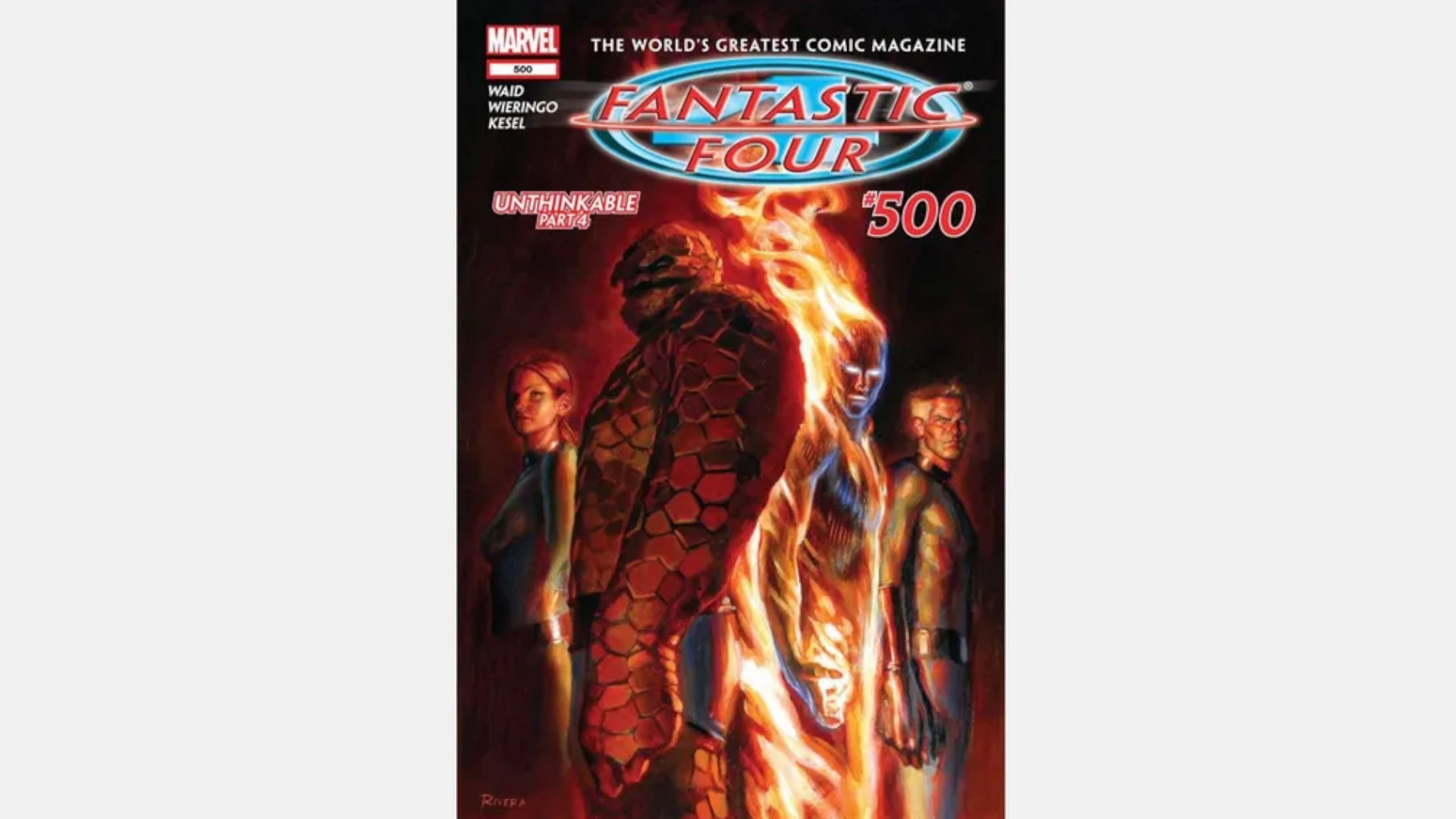
Published in: Fantastic Four Vol.1: Unthinkable by Mark Waid and Mike Weiringo
Speaking of Valeria, Doom's relationship with her has gradually become one of the more intriguing qualities of both characters. Doom helped Sue through childbirth, and in 2003, the consequences of that came home to roost in Mark Waid and Mike Wieringo's Unthinkable, the high point of their run.
While the arc has been widely celebrated since its release, people often forget the strength of the preceding issue, Fantastic Four #67 or 'Under the Skin,' which adds another wrinkle to the Latverian's backstory as well as revealing his shift from science to sorcery, setting the stage for his attack in #68-#70 and #500. Doom goes after the children, with Waid's scripting adopting a horror approach, by communicating with the young Valeria Richards in a way her family can't see and trapping Franklin in hell.
Wieringo, working with Karl Kesel, Lary Stucker, and Paul Mounts, is magnificent at character acting, a main proponent of what helps to sell Doom's ruthlessness. Coupled with Waid's insightful writing on the nature of the family relationship at the core of the Fantastic Four and their one with Doom, it makes for one of the best Fantastic Four stories of all time.
Buy Fantastic Four Vol.1: Unthinkable on Amazon
2. Doctor Strange and Doctor Doom: Triumph and Torment
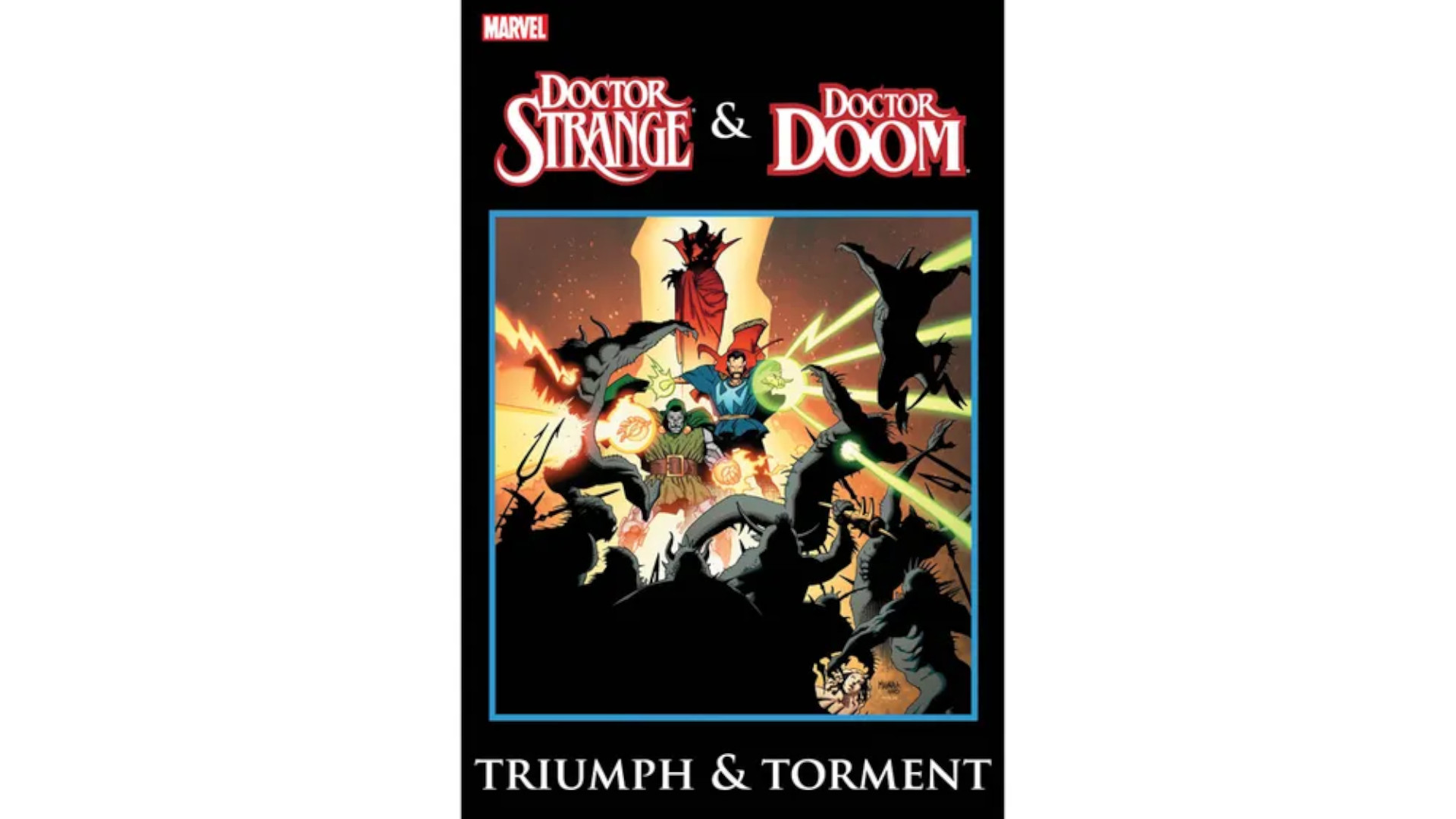
Published in: Doctor Strange & Doctor Doom: Triumph and Torment by Roger Stern, Gerry Conway, and Bill Mantlo
Not all of the original Marvel Graphic Novel series are winners, yet the line is home to classic stories such as 1989's Doctor Strange and Doctor Doom: Triumph and Torment. Roger Stern's script finds two of the best Marvel characters summoned to a temple in order to take part in a tournament. Stephen Strange ends up becoming Sorcerer Supreme, while Doctor Doom is granted one wish – to free his mother's soul from captivity to a demon. Thus, an unlikely alliance is formed with the pair coming face-to-face with Mephisto along the way.
The script delves into an aspect of Doom's history which was briefly mentioned by Stan Lee and Jack Kirby and finds new depths. As much as Doom requires Strange's help, his wish is driven by that strong sense of agency that makes him such an intriguing rogue element. It's also the best-looking entry on the list, courtesy of Mike Mignola and Mark Badger.
They quickly establish the moody atmosphere, with an early panel of Doom trekking through harsh conditions. Flashbacks are conveyed with a gloomy air, and the titular duo's trip to Hell is defined by abstract locales that define the intensity of the location. By the end of the story, it truly feels as if you've been there and back with them.
Buy Doctor Strange & Doctor Doom: Triumph and Torment on Amazon
1. Secret Wars

Published in: Secret Wars by Jonathan Hickman, Esad Ribić, Ive Svorcina, and Chris Eliopoulos
Not many people get to destroy the Marvel Universe, and sure, they didn't stop publishing comics with this, but few pages carry as much gravitas as the one in Secret Wars that reads "Marvel Universe 1961-2015" like a tombstone. The event to end all events comes from Jonathan Hickman, Esad Ribić, Ive Svorcina, and Chris Eliopoulos.
It's a direct follow-up on his Avengers, and New Avengers runs, which saw the teams fail to stop the universally-destructive Incursions. In the wreckage of everything, Doctor Doom creates Battleworld from the fragments of worlds he could save. It's the story that best shows the sheer power and determination he's capable of. Despite the scope of the grand stakes at play, it ultimately builds to a confrontation between Doom and Reed - a physical one that gradually shifts into a more psychological battle of their minds and ideals.
As the culmination of everything Hickman had done at the House of Ideas up until that point, it functions as a remarkable final thesis on the two of them, as competitors and close-to-equals, a character-focused story even amidst the end of worlds. Also, Avengers: Secret Wars is coming to the big screen soon, so definitely consider checking this story out!
For movie lore, check out our breakdown of the Marvel timeline. If you want to know more about the first Marvel event, we also have a handy explainer on the history of Secret Wars.
Matt Sibley is a comics critic with Best Shots at Newsarama, who has contributed to the site for many years. Since 2016 in fact.


